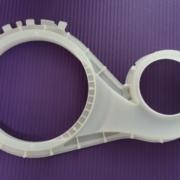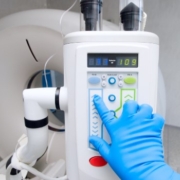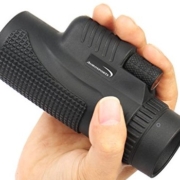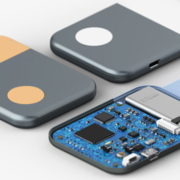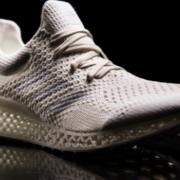What Prototypes Should Be Created in CNC Rather Than 3D Printing?
CNC milling technology has been around since the 1950s when MIT debuted it. CNC prototyping is, in essence, the inverse of 3D printing. Three-dimensional printing has entered the mainstream, altering people’s perceptions about printers. As customers grow more familiar with 3D printing, they frequently struggle with the new technology’s complexity. Although 3D printing may still appear innovative, new printers are emerging as a viable alternative to existing CNC routers in production situations.
This article intends to assist readers in evaluating the value of 3D printers compared to CNC machines in terms of precision, materials, cost, quality, efficiency, and speed.
A CNC router can effectively manufacture big, heavy, precision-crafted items that it can use for:
- commercial and industrial machinery
- machines
- engines
CNC machines can manufacture huge numbers of a particular product using various materials, but they can also generate small items, generally at a higher unit cost.
A 3D printer’s versatility allows it to switch between projects swiftly. Because of 3D printing’s flexibility, it may use technology to create one-of-a-kind, bespoke designs for specific clients.
While designers and other creative professionals that prefer producing one-of-a-kind items use 3D printing as a helpful tool, many artists and other creative types prefer working with more limited options. New technologies have leveraged the versatility of 3D printers for usage in medical and dental settings, allowing for the creation of personalized goods that fit specific patients.
Size
CNC routers can scale between big and tiny outputs. The output generated by a CNC router is determined by the machine’s capabilities and the raw material utilized in manufacturing.
3D printers, on the other hand, employ an additive layering technique that renders them unsuitable for large-scale production. Existing 3D technology can produce small, personalized products up to bigger objects the size of a small refrigerator.
Even though 3D printers will most certainly grow to manufacture larger things, they will most likely fall short of the broad capabilities provided by prototype machining.
Furthermore, the time required to print big items restricts the technology’s scalability and practicality.
Materials
CNC routers are now producing heavy-duty outputs composed of high-density metals with great tensile strength. Precision parts utilized in engines, aircraft, manufacturing machines, and other high-intensity situations are among the CNC outputs.
The majority of 3D printers employ additive processes to produce items made of specialized polymers, resins, metals, and other materials. Because of the unique materials used in the printing process, 3D components typically lack the strength required for usage in demanding environments such as airplanes, automobiles, and manufacturing machines.
Instead, the materials used to print 3D things are ideal for making prototype models and consumer-grade items for home and personal usage.
3D printers will never generate the same-quality output as CNC routers in the future, but infinite possibilities are on the horizon.
Precision
When compared to the maximum outputs from 3D printers, CNC prototype delivers greater surface quality. It may send CNC-produced components directly to their destination, but 3D printer output typically needs additional processes to complete a task. As a result, 3D printing is less efficient than CNC processing.
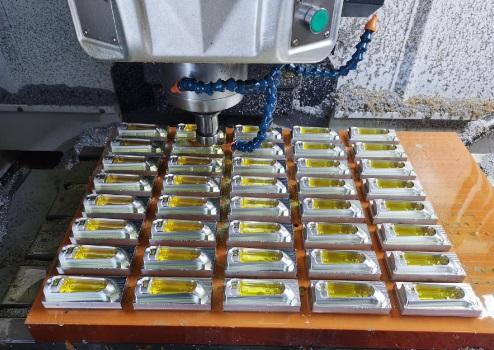
Speed
CNC machines begin by machining a material block to satisfy design parameters. When speed becomes an issue, CNC machines can sacrifice precision for speed, allowing operators to regulate production time.
The time required to 3D print something from nothing using additive printing technologies generally takes longer than the time required to remove material from a block of existing material.
Traditional 3D printing employs a time-consuming technique to build layers of material that progressively become the final result.
The 3D printer, like a paper printer, influences print speed – a quicker printer is necessary to enhance the pace of production.
3D printers, even at their best, cannot keep up with CNC prototype machining. Even when a 3D printer has completed its work, the result requires further attention before using it. Because of the wide range of available 3D printers and materials, comparing production times to CNC mills is difficult.
In general, CNC manufacturing outperforms 3D print projects in terms of speed.
Price
The variations between CNC prototype machining and 3D printing technology make per-part comparisons problematic. Although economic factors may play a role in deciding whether to utilize a CNC router or a 3D printer, comparisons are frequently made in broad strokes.
When utilizing CNC machines to make a specific item, small numbers generally have a higher unit cost, but big batches become more cost-effective. As a result, CNC is an excellent solution for mass manufacturing.
When creating modest numbers of an item, the uniform cost of each unit produced is advantageous; but, when producing vast quantities of an item, the consistent cost per unit might become an issue.
The increased cost of sophisticated CNC outputs is frequently due to the greater number of tool paths necessary, the smaller cutters utilized, and the time required to accomplish those operations.
However, regardless of the complexity of the units created, 3D printing operations cost the same.
Advantages:
A benefit of one technology is frequently a drawback of another.
Let us see the key benefits of both the technologies one by one:
Machining with a computer numerical control (CNC)
- A diverse range of materials for manufacture.
- The ability to pick the resolution of manufacturing in return for increased speed or cost savings.
- Superior surface quality and accuracy
- Price remains constant independent of product size or volume.
- Low-cost equipment and supplies.
3D modeling and printing
- Simple to prepare and for an operation.
- The price of a part is unaffected by its complexity.
- To produce a wide variety of finished goods using intricate, complex, and intricate-complex patterns in an unlimited number of combinations.
- Price remains consistent independent of batch size.
- The ability to easily switch between production jobs
Conclusion
To some extent, CNC technologies and 3D printing have capabilities that overlap, but they both have characteristics that make them appropriate for particular applications.
CNC prototyping is often best suited to applications requiring complex, high-precision products manufactured from widely available materials.
3D printers’ features make them excellent for creating prototypes, visual justifications, and custom-designed goods.

